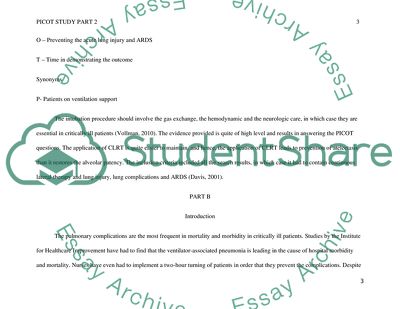Cite this document
(Therapy to Prevent Pulmonary Complications Research Paper, n.d.)
Therapy to Prevent Pulmonary Complications Research Paper. Retrieved from https://studentshare.org/health-sciences-medicine/1789365-final-picot-paper-create-a-topic-with-the-picot-question
Therapy to Prevent Pulmonary Complications Research Paper. Retrieved from https://studentshare.org/health-sciences-medicine/1789365-final-picot-paper-create-a-topic-with-the-picot-question
(Therapy to Prevent Pulmonary Complications Research Paper)
Therapy to Prevent Pulmonary Complications Research Paper. https://studentshare.org/health-sciences-medicine/1789365-final-picot-paper-create-a-topic-with-the-picot-question.
Therapy to Prevent Pulmonary Complications Research Paper. https://studentshare.org/health-sciences-medicine/1789365-final-picot-paper-create-a-topic-with-the-picot-question.
“Therapy to Prevent Pulmonary Complications Research Paper”, n.d. https://studentshare.org/health-sciences-medicine/1789365-final-picot-paper-create-a-topic-with-the-picot-question.


